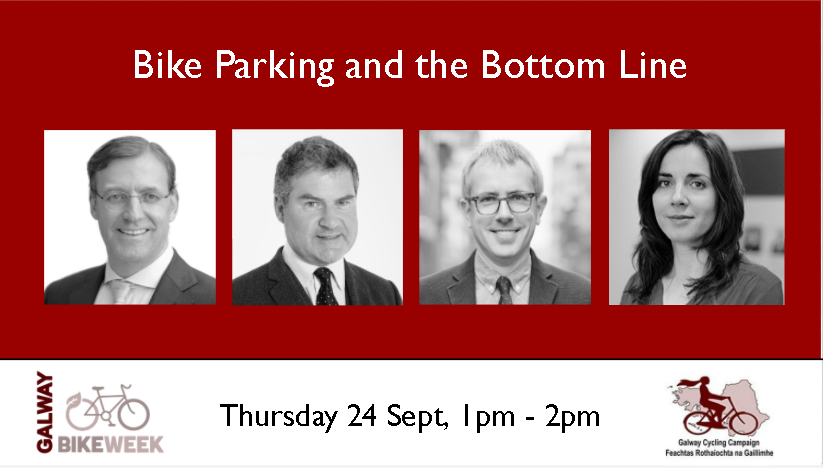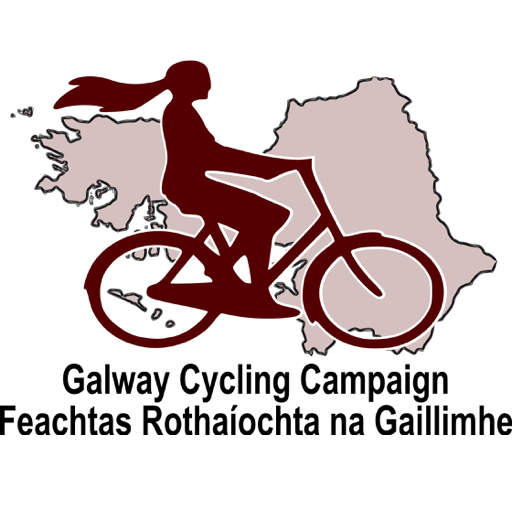Tag: city development
-

Lunchtime webinar / Bike Parking and the Bottom Line with Dutch Ambassador, HE Adriaan Palm
The Embassy of the Netherlands, Dutch Cycling Embassy, Dublin Town, and Development Studies Association of Ireland at Trinity College Dublin join Galway Cycling Campaign to discuss Bike Parking and the Bottom […]
-
Dangerous Roundabouts to be Tackled Under the City Development Plan
Councillors passed a Galway Cycling Campaign/Community Forum motion at Monday night’s Council meeting that will see the notorious pedestrian- and cyclist-unfriendly roundabouts of Galway City tackled under the latest City […]
-
Cycling Campaign criticise Cllr Flaherty for being inconsistent
The Galway Cycling Campaign wonders why Cllr Terry O Flaherty is criticising cyclists for cycling on Shop Street, when she herself has voted for schemes in the past which put […]
